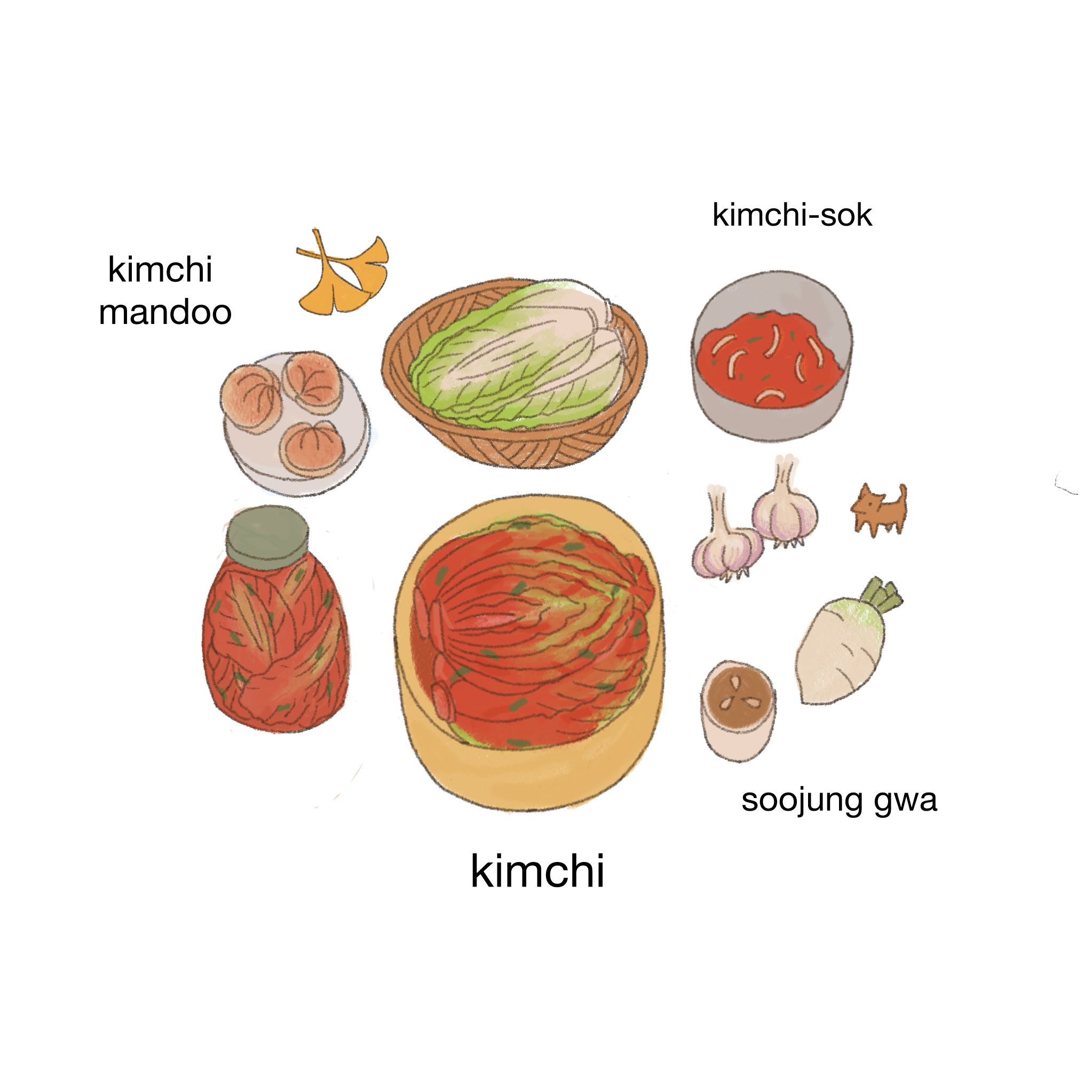November
November 3rd Student Independent Movement Day
Also known as “student day,” this is not an official holiday in South Korea, but a historical day that marks the anniversary of the Student Independent Movement. Historically in Korea, university students were often at the forefront of any protest or revolution. And in 1929 (during the Japanese colonization) a major revolt against the Japanese rule broke out among students in the city of Gwangju. The protest was triggered by the harassment of a Korean female student by a Japanese male student, and grew into a larger conflict and a widespread protest. Starting from Gwangju, the student protest spread all the way to Seoul, and in the following year in 1930, it was a nation-wide movement. While the protest was triggered by one incident, there was a long suppressed anger brewing against the Japanese regime as Korean students were severely oppressed in their education, speech, and freedom. Generally during this time, Koreans were publically shamed and discriminated against by the Japanese and were forced to take a lower position in society.
As you’ve seen in the October Page, 10/3 is a national holiday celebrating the creation of Ko-Chosun. In Japan, the 11/3 is a different holiday celebrating the birth of the Meiji King. In 1929, the lunar date of 10/3 overlapped with the Japanese holiday, and Korean students were expected to sing the Japanese anthem in schools. On this day, the protest began when the students of Gwangju stood in silence, refusing to sing the anthem.
This movement quickly escalated to more violent protests, and spread to as many as 350 Korean schools. This movement marked the second largest protest after the March 1st movement.
Eun Heng Tree (Ginkgo Tree)
The Eun Heng Tree is one of the most prominent trees planted in the city streets of South Korea. In the fall, you will see the streets turn into a bright and beautiful yellow thanks to the foilage of these trees, along with the DanPoong Tree that turns bright red.
fun fact about these trees is that in the present day, the only way these trees spread are by humans planting them. The animal that acted as a carrier of the Ginkgo fruit is now extinct, and no animal or insect is known to feed on the toxic seeds and fruit of Ginkgo (except humans, we roast and eat the seeds and they are quite tasty!). As much as it is at the brink of extinction because of this lack of seed carrier, the strain of Ginkgo that you see everywhere in Korea is the strain that survived this tough evolution and is hence extremely resilient and hard to kill, like a Zombie.
Fresh non-ferment Kimchi (small batch kimchi)
During the pandemic, I used to teach a small-batch kimchi class on Zoom. It was so much fun spreading the love for kimchi and making it accessible for people who have never made it before! this is the exact recipe I taught in the class, for the non-fermented fresh kind of kimchi that you make & serve right away. enjoy.
Ingredients (fills a 18 oz mason jar or large container)
10-15 leaves of napa cabbage
handful of chives
1/2 Carrot
Seasoning
3 Tbsp gochugaru
1 Tbsp sugar
2 Tbsp fish sauce
1 Tbsp honey
1 tsp minced garlic (2 cloves)
1/2 tsp minced ginger (optional)
1/2 tsp sesame oil (add in the end)
1 tsp sesame seeds for garnish
wash and dry the napa cabbage. Then cut to bite-size, diagonally (we want both the wrinkly and stem part in 1 bite)
julienne the carrots, cut chives into 1.5 inch pieces
mix the sauce, minus the sesame oil
add 1/3 of the sauce first into the cabbage and carrots. gently toss until evenly coated, breaking up lumps
add sauce to taste. add the chives and a drizzle (1 tsp) of sesame oil last, and gently toss everything a few more times.
serve with sesame seeds sprinkled on top, and enjoy. Store chilled for up to 2 weeks!



